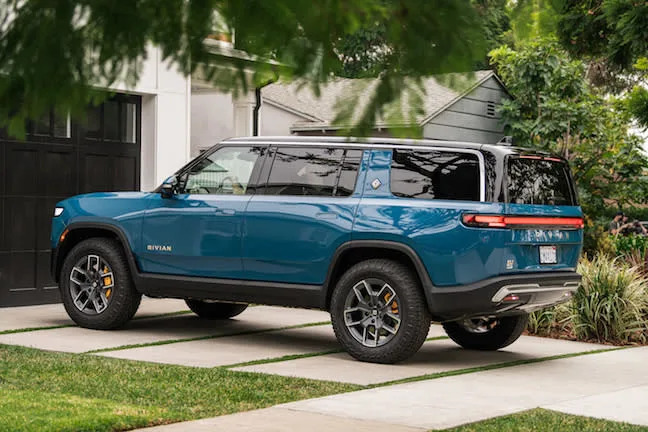Distance is its only drawback. But in NA how many of us wheel routes where a charger is not available for days?
Charging IS the point. Availability of course but capacity and time. With gas or diesel the inherent density of being a base fuel gets you orders of magnitude faster refueling. The fastest of fast charging at the moment is 250 kW, which means it takes 30 minutes per gallon of gasoline equivalent (e.g returning 120,000 kW-hr in 30 minutes).
So having access to a charger is one thing but if you require more range than you can put in overnight your time grows quickly. A trip from here to Moab, wheeling for the day and going home takes me two 15 minute fill-ups for about 38 gallons of fuel. That's 4,560,044 BTUs of energy put back in maybe 30 minutes. In a Rivian this would be 19
hours of charging (ETA: I assumed total energy, of course it's less since a Rivian gets 47 MPG so it's more like 9 hours, 8 at home at slow, 1 hour in Moab to get home) and only one of them can be done pre-trip, one will have to happen at fast charge unless I plan to get a hotel instead of driving the hour back home to GJ. And that's if you can find a 250 kW charger.
I'm not suggesting it can't be done. Just pointing out that if you're one person coming along on a pre-planned trip with two supporting ICEs and can do a refuel close to town it's one thing.
It's another, really a massive charlie-foxtrot, if it's everyone in Moab trying to do this. If there's 1,000 vehicles in-and-around Moab on any given day and everyone is trying to get a full charge that's 120 MW of power, which is 10% of the Craig power plant output (1,427 MW total output for all three units) just for that. So it's time question, how long everyone wants to wait for that capacity.
Keeping in mind a plant like Craig supplies five western area grid suppliers (Xcel, PacifiCorp, Platte River, Tri-State and Salt River) with about a million consumers across several states (AZ, WY, CO, UT, NV and CA). So if everyone in Moab in this hypothetical want to charge in a hour around 100,000 regular residential and commercial customers get a blackout. If the vehicles in Moab want to wait around 8 hours each to charge it's less demanding on the grid but then the total carry capacity of Moab has to be cut to 12.5% of the supposed users (which is the point when you look at the BLM travel management plans that propose to remove hundreds of miles of OHV access, hint, hint).
The point I'm making is right now California has the highest number of EVs and even at less than 1% total cars they have rolling blackouts already with an average of 15,000 customers per day having their power off over the last month. The grid can't handle the demand right now and we're actively closing all the base load plants. There seems to be a disconnect from hopium and reality here.


